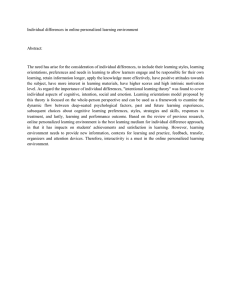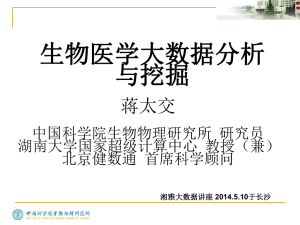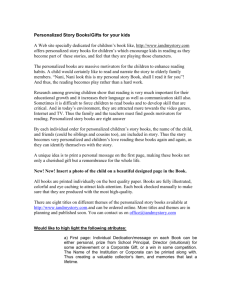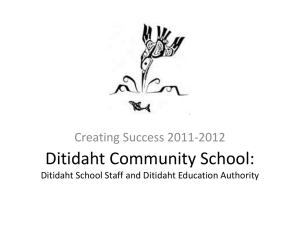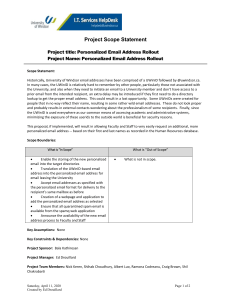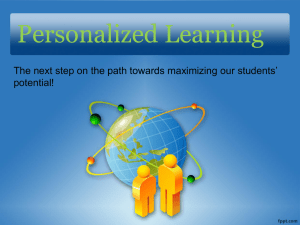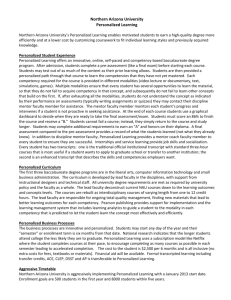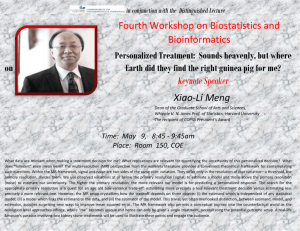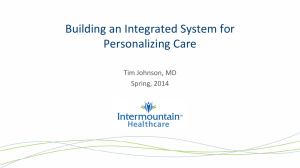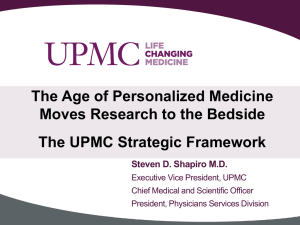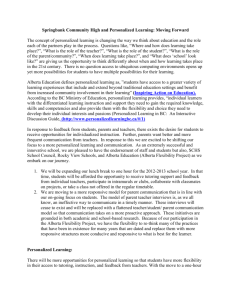Personalized Learning - What does it look like
advertisement
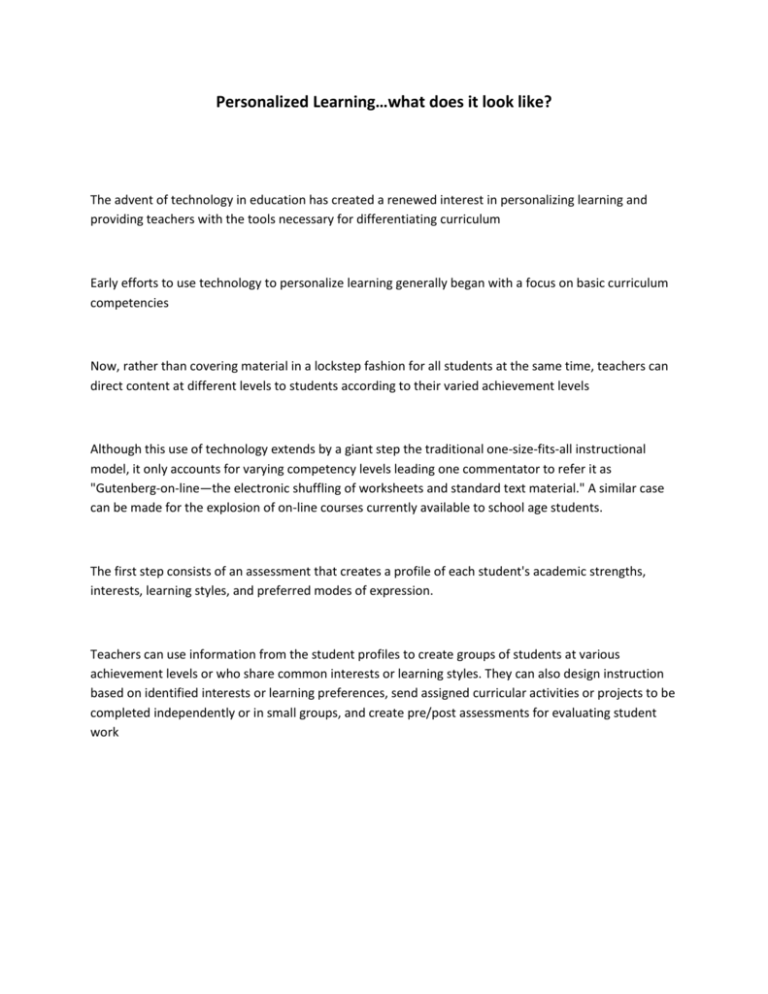
Personalized Learning…what does it look like? The advent of technology in education has created a renewed interest in personalizing learning and providing teachers with the tools necessary for differentiating curriculum Early efforts to use technology to personalize learning generally began with a focus on basic curriculum competencies Now, rather than covering material in a lockstep fashion for all students at the same time, teachers can direct content at different levels to students according to their varied achievement levels Although this use of technology extends by a giant step the traditional one-size-fits-all instructional model, it only accounts for varying competency levels leading one commentator to refer it as "Gutenberg-on-line—the electronic shuffling of worksheets and standard text material." A similar case can be made for the explosion of on-line courses currently available to school age students. The first step consists of an assessment that creates a profile of each student's academic strengths, interests, learning styles, and preferred modes of expression. Teachers can use information from the student profiles to create groups of students at various achievement levels or who share common interests or learning styles. They can also design instruction based on identified interests or learning preferences, send assigned curricular activities or projects to be completed independently or in small groups, and create pre/post assessments for evaluating student work Examples of personalized learning High-engagement activities, materials, resources, and opportunities for further study that are grouped into the following fourteen categories: 1. 2. 3. 4. 5. 6. 7. 8. 9. 10. 11. 12. 13. 14. Virtual Field Trips Real Field Trips Creativity Training Critical Thinking Projects and Independent Study Contests and Competitions Websites Fiction Books Non-Fiction Books How-To Books Summer Programs On-Line Classes and Activities Research Skills Videos and DVD's In practice, this means that a teacher creates a learning plan based on a goal to be achieved, suggesting some sub-goals and activities, while some activities can be left ‘open’ for the student to shape. Students then click on the ‘Learn’ button to start the assignment. During this process, a system called ‘tips and alerts’ provides the pupil with some optional guidance. A personal journal encourages the learner to reflect on their choices and what they have learnt. These resources are not merely intended to inform students about new information or to enable them simply to surf the web. Rather, they are used as vehicles to help students find and focus a standardsbased topic or explorations of personal interest that they might like to pursue in greater depth. Many of the resources provide the methods of inquiry, advanced level thinking and creative problem solving skills, and investigative approaches that are consistent with the current emphasis on 21st Century Learning Skills. Students are guided toward the application of knowledge through the development of class-related assignments, original research studies, creative projects, and action-oriented work that applies knowledge to personally meaningful areas of interest Schools provide a wide variety of curriculum choices, Attention to individual learning styles Technology learning access And a variety of learning environments and opportunities both within and beyond the classroom so that learning programs may be tailored according to the individual needs and preferences of each student. http://www.gifted.uconn.edu/sem/Going_Beyond_Gutenberg.html Because education research confirms that not all students are able to learn successfully at the same pace, with the same teaching approach, in the same learning environment, and in the same learning style and manner. Research confirms that every individual assimilates information according to their own unique learning style, need, and interest. Personalized Learning is a leading, "21st Century" educational approach that incorporates the results from the most recent leading education research studies. In congruence with these research results, the Personalized Learning model recognizes that every student is an individual, with a distinct learning style, learning pace, learning path, and learning aspiration. PLV QUESTIONS TO CONSIDER: 1. What are the student and teacher support tools needed to deliver personalized learning in a redesigned, student-centered system? 2. What are the key functions and design elements for the following areas: assessment, data, curriculum, learning platform, and teacher professional development and support? 3. What are the new types of student data, technical standards, content delivery models, and integrated learning technologies needed as a platform for personalized learning? Conferencing tools for direct communication with industry mentors. Project management tools Critical thinking tools PLV tools needed: Internet Digital cameras Video cameras Tablets Laptops LCD Projectors Headphone headsets w/built in microphones Educational delivery methods Vodcasting/podcasting Science simulation labs – vodcast and online Science simulation tutorials – vodcast and online Math lab tutorials - vodcast and online Augmented reality using video conferencing broadcasting technology D11 wide collaborative distance learning working on service learning/real world projects Online lessons, projects and assessments PLV Examples 1. 2. 3. 4. 5. 6. 7. 8. 9. Go on a virtual field trip and write about it Go on a real field trip and write about it and then share it with the class Develop creativity training via tutorials to improve communication and collaboration skills when working with others on projects Learn and develop critical thinking skills by completing independent study projects Through video conferencing host content area related curriculum related contests and competitions Learn how to research and use information effectively utilizing educational and d11 websites to meet lesson and project objectives Read fiction books via a tablet device or online for pleasure and or for a class assignment Read non-fiction books via a tablet or online for pleasure and or for a class assignment Review content area How-To Tutorials via a school distance learning portal anywhere where Internet is available 10. Through school distance learning portal complete content area lessons, assessments and activities 11. Through ongoing practice develop proficiency and improve online learning and research skills 12. Watch videos and DVD's and or create vodcasts, podcasts or complete lesson objectives and projects
